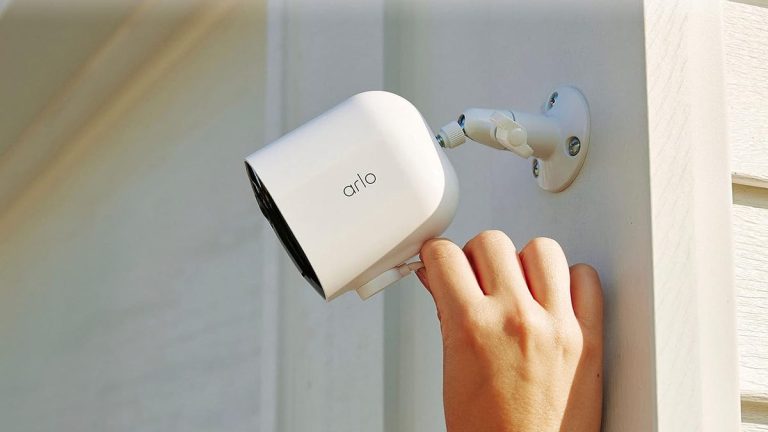How to power the camera
Outdoor cameras require a reliable power source. Some users have no problem charging the battery every few months. Some people may want to install their camera in a location where regular charging is difficult. Wired versions of the camera skip this step, but often require existing wiring and electrical work. Then there's PoE or Power over Ethernet, which provides both internet connectivity and power at the same time, but requires a dedicated Ethernet line. These days, more and more solar outdoor cameras are also offering charging alternatives.
All of these choices come down to ease of use. We look for cameras with reliable power options, good battery life, available solar panels, and other home-friendly aspects. The higher the camera is mounted and the more power it consumes, the more important a wired solution becomes.
durability
Outdoor cameras need to be weatherproof, and high-quality versions should be able to handle low temperatures.
Video storage and security
How does an outdoor camera process the video it captures? There are two main options: cloud storage via an internet connection, and local storage via a hub or microSD card. Cloud storage is easy to capture and share, but it typically requires a subscription and raises privacy concerns when law enforcement can request video footage directly from businesses. Local storage is more private, but can be very difficult to manage if the storage starts to fill up and needs to be thinned out. This list includes both options, as well as choices like the Nest Cam, which offers free cloud storage.
Video encryption is also important to secure video transmission and access. At this point, we'll look at modern protocols like Matter and Thread, which are designed to make smart devices more secure and more compatible with different platforms. While this compatibility is useful for many smart devices, Matter doesn't yet support video, so it doesn't apply to most data management here.
resolution and field of view
Security cameras require high quality video and images to function properly. The minimum resolution these days is 1080p, and more home security cameras are now offering 2K and even 4K for more detailed footage. If possible, try not to go below the HD level. Field of view is not that important, but it helps the camera capture as much area as possible. This is useful when monitoring the entire front of your home or the entire backyard. The best angle we've seen here is 160 degrees, but a 130 degree cam will work just as well, especially if it's easy to angle.
Motion detection and recognition
Motion detection not only saves video recording, but also helps control adjacent features such as spotlights and important mobile alerts that you can receive on your phone. This is usually an automatic feature, but if your camera has AI recognition (preferably free), it can be a great feature. These allow the camera to ignore cars, foliage, and even animals in favor of humans, or select alerts based on subject matter. Combining the two features makes for a powerful combination.
Additional features such as two-way audio
Two-way audio is useful if it's high quality and the camera is close enough to the person to be understood. Lighting is a very useful feature of outdoor cameras. As such, about half of the list includes some kind of lighting (and all have night vision).

